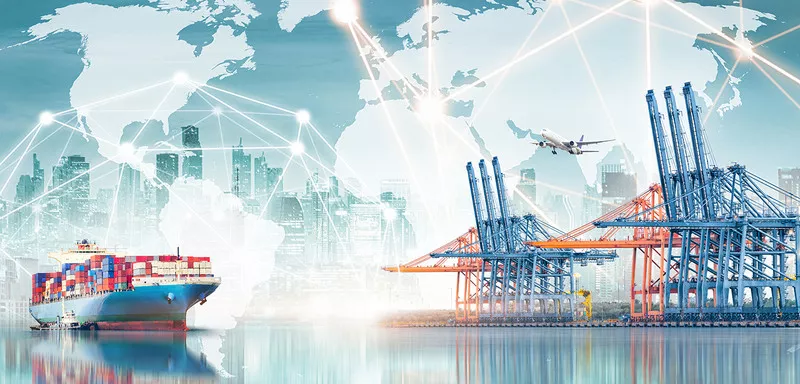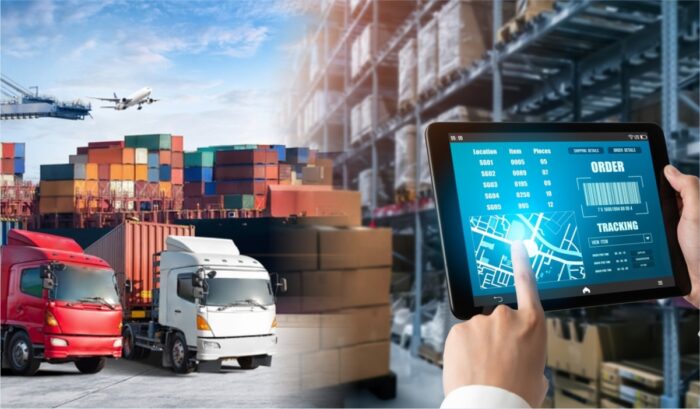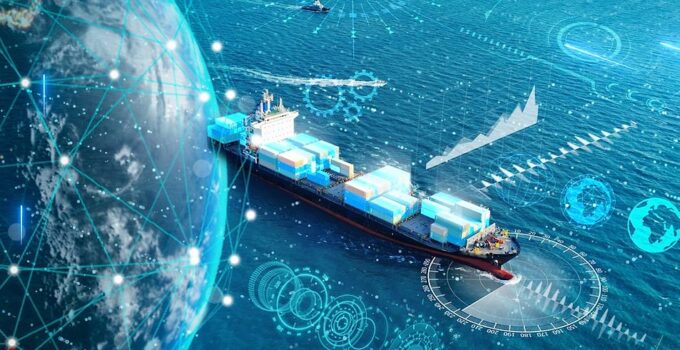In today’s economy, understanding how supply chains and international trade interact is vital for businesses and policymakers alike.
As explained by Rupin Banker, while supply chains focus on the internal flow of goods from sourcing to delivery, international trade governs the broader exchange of those goods across borders. These systems are deeply intertwined, supply chains often rely on international trade routes, and trade activities depend on efficient supply networks.
Disruptions in one can cause ripple effects in the other, impacting costs, timelines, and overall business strategy. Companies that navigate both effectively are better positioned to manage risk, respond to market changes, and maintain competitive advantage. Meanwhile, governments can design policies that support economic resilience and encourage growth. Together, the coordination between supply chain processes and international trade frameworks shapes how goods move around the globe.
Supply Chain Processes
The supply chain refers to the whole journey a product takes from raw materials to reaching the customer. It includes sourcing components, manufacturing, storing, transporting, and final delivery. Every step is planned to ensure efficiency, cost control, and customer satisfaction.
A company producing athletic shoes might obtain rubber from one country, fabric from another, and assemble everything at a factory closer to its primary market to meet regional demand quickly. This workflow is managed through its supply chain system, which must adapt quickly to disruptions or changes in demand.
Supply chain operations are largely within the control of businesses. They rely on coordination between suppliers, manufacturers, and logistics partners, all working toward steady product availability. Technology also plays a growing role, with digital platforms improving visibility and decision-making across the chain.

Source: porsche-consulting.com
International Trade Activities
Rupin Banker understands that international trade involves the exchange of goods and services across national borders. It includes both imported products brought into a country and exports, which are goods sent abroad. These transactions are influenced by trade policies, tariffs, currency exchange rates, and diplomatic agreements between nations.
A clothing brand based in Europe might sell its products in North America while also importing textiles from Asia. These activities fall under international trade, connecting producers and consumers across continents through regulated channels that often involve customs compliance and international shipping coordination.
Governments play a central role by negotiating trade agreements, setting import duties, and establishing customs procedures. These rules shape how businesses engage in global markets and determine the cost and flow of traded goods.
Comparing Structure and Scope
Supply chains are usually managed within a single company or group of partners to control production and delivery processes. In contrast, international trade deals with broader economic relationships between countries, often involving government oversight and complex legal frameworks. These differences result in unique challenges and opportunities for companies operating on a global scale.
The scope of each is also different. Supply chains focus on the movement of goods internally, while international trade emphasizes the exchange of finished goods or raw materials across borders. While a business can adjust its supply chain in response to market demand, trade activities might be limited or encouraged by national policies and global agreements. A company may shift suppliers domestically, but still face tariffs on importing similar goods from abroad.

Source: cato.org
Areas of Overlap and Connection
While supply chains and international trade have distinct roles, they often intersect in real-world operations. A company sourcing raw materials from overseas must navigate both supply chain logistics and the rules of international commerce. These two systems rely on one another to function smoothly, and misalignment in one can disrupt the other.
When businesses expand globally, their supply chains stretch across borders. That means customs regulations, import duties, and trade agreements directly influence how goods move through the network. A delay at a port due to new trade restrictions can ripple through production schedules and inventory levels, making coordination essential. Currency fluctuations also affect sourcing decisions, adding another layer to supply chain planning.
Practical Industry Examples
Take the global smartphone market—manufacturers rely on supply chains that span multiple countries, with microchips produced in one region, screens in another, and assembly plants located strategically to serve major markets. This entire system relies on seamless international trade to operate without delays or additional costs, particularly during spikes in demand or the launch of new models.
Rupin Banker suggests that automakers also face similar complexities. A vehicle might contain components from ten different nations, all converging at a single factory. If a trade policy shifts or a shipping route is disrupted, production halts and costs rise, affecting everything from pricing to delivery timelines. Pharmaceutical companies, operating under strict regulations, must also navigate supply chain logistics and international compliance to ensure timely distribution.

Source: chitkara.edu.in
Relevance for Businesses and Policies
Understanding how supply chains and international trade work together helps businesses make smarter operational choices. It allows them to anticipate risks, find alternative suppliers, and stay competitive in fast-changing global markets.
Industries like retail, manufacturing, and logistics benefit the most from this insight. Leaders in these fields use their knowledge of global trade dynamics to shape strategy, manage costs, and comply with international laws. Companies that invest in training and digital tools are better equipped to adapt to shifting trade conditions.
On the policy side, governments that grasp the intricacies of supply chains can craft trade agreements that promote growth without compromising domestic industries. Strong alignment between business needs and policy decisions leads to more resilient economies. International cooperation also plays a role in ensuring supply chain security and addressing shared challenges like labor standards and environmental impact.
Table of Content




